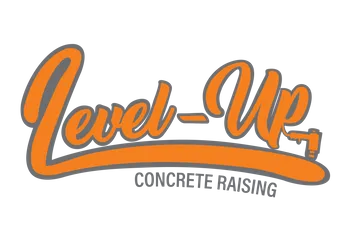What Causes Concrete to Settle
Poor or ill-advised compaction of the base before concrete was poured: The heaviness of the section will additionally smaller the base in the wake of relieving, and once in a while settlement can happen rapidly.
Soil types: Where substantial mud soils exist concrete is inclined to hurling and sinking, growing when wet and contracting when dry.
Tree Roots: A huge tree can devour as much as 400 liters of water a day, drying out the ground around it and making close by solid settle. In the event that your carport or walkway is near a huge tree, this might be making your solid settle.
Atmosphere: Freezing and defrosting makes sections extend when ice is in the ground. At the point when the ground defrosts, the solid will settle once more, however ordinarily not to where it was initially. This outcomes in trip spots between moving chunks. On the far edge of the atmosphere range, warmth and dry spell can cause far reaching dirt soils to shrivel, making the sections settle. At the point when the mud soils get downpour, and grow by and by, the solid pieces move and become lopsided.
Disintegration: Damaged water and sewer lines, inappropriately positioned downspouts and over the top downpour would all be able to prompt a waste of time of base materials under solid making the pieces settle. Recollect polyurethane froth won’t dissolve like customary mudjacking.
Machine/Traffic Vibrations: Concrete chunks may move or choose parkways or in modern settings where there is visit substantial vibrations or burdens being shipped. The vibrations from hardware and passing traffic can prompt the base compacting and chunks settling or moving.
